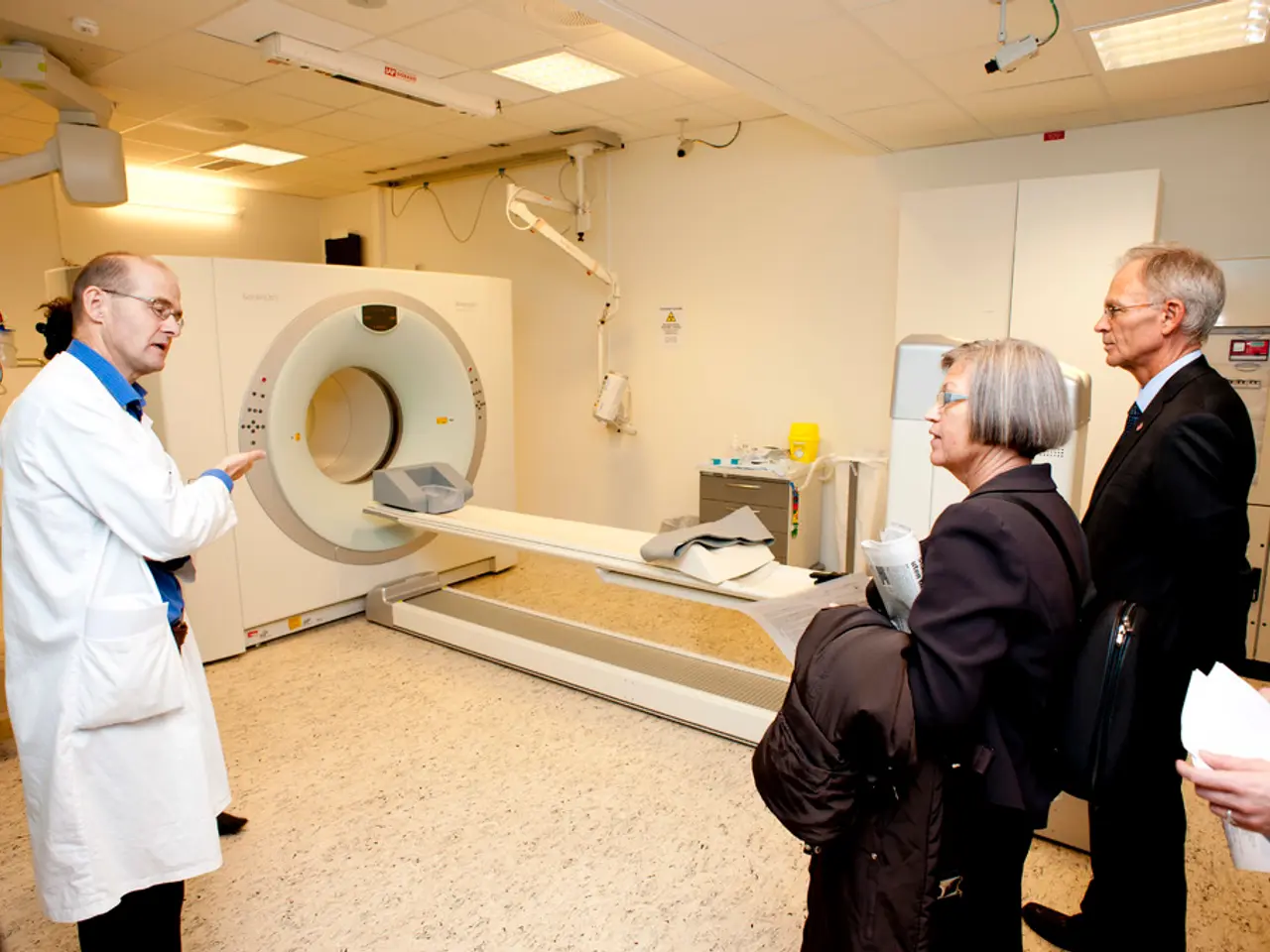Examining Legal Concerns Regarding Patient Privacy in Remote Healthcare Services
In the rapidly evolving landscape of healthcare, safeguarding sensitive patient information has never been more crucial, especially as privacy laws continue to evolve. As telemedicine becomes increasingly prevalent, it's essential that patients are informed about how their personal health information will be stored, accessed, and shared, and the measures in place to protect their privacy.
Understanding HIPAA compliance is essential for both healthcare providers and patients. Telemedicine providers must ensure compliance with HIPAA regulations to ensure privacy and security. One of the current best practices for HIPAA compliance in telemedicine includes using telehealth platforms that are fully HIPAA-compliant. These platforms must support secure video conferencing and data transmission with encryption and strong authentication.
In addition to using HIPAA-compliant platforms, telemedicine providers must implement strong encryption protocols for all protected health information (PHI). This includes leveraging advanced cryptographic techniques such as homomorphic encryption, which allows computations on encrypted data without exposing it, and secure multi-party computation.
Another crucial aspect is ensuring secure device and app management. This involves developing policies around device security (mobile phones, wearables, medical devices), application management, and data protection to prevent unauthorized access or leakage when using telehealth tools.
Maintaining audit trails, monitoring, and breach notification systems is also vital. This includes ongoing risk assessments and automated alert systems that detect suspicious activity or security violations in real time, often enhanced by AI and automation tools such as AI-powered Security Information and Event Management (SIEM) systems.
Carefully managing third-party business associates is equally important. This includes ensuring these partners also comply with HIPAA privacy and security standards to avoid vulnerabilities introduced via external vendors.
Adhering to informed consent, medical licensure, and state-specific telehealth laws alongside federal HIPAA regulations is also necessary to ensure legal and regulatory compliance across jurisdictions.
Utilizing emerging technologies responsibly is another best practice. This includes using blockchain for secure, immutable logging of medical transactions and enhancing transparency while protecting patient identity and data integrity in telemedicine.
Lastly, regularly training healthcare staff and updating policies to keep pace with developments in telehealth technology and health data privacy laws is crucial.
Ensuring telehealth platforms adhere to legal and regulatory standards is vital in protecting patient privacy. Failure to address privacy concerns could undermine patient trust and inhibit the growth of telehealth services. A strong framework for data protection is imperative for maintaining trust between patients and providers. Telemedicine has transformed healthcare delivery, but raises significant privacy issues. By adhering to these best practices, we can ensure that telemedicine continues to be a safe and effective means of delivering healthcare.
[1] Office for Civil Rights (OCR). (2020). HIPAA for Mobile Health Apps. Retrieved from https://www.hhs.gov/hipaa/for-professionals/special-topics/mobile-apps/index.html
[2] U.S. Department of Health and Human Services. (2013). HIPAA Omnibus Final Rule. Retrieved from https://www.hhs.gov/hipaa/for-professionals/privacy/special-topics/omnibus-rules/index.html
[3] National Institute of Standards and Technology (NIST). (2018). Cybersecurity Framework. Retrieved from https://www.nist.gov/cybersecurity
[4] World Health Organization (WHO). (2019). Blockchain in Healthcare: Opportunities and Challenges. Retrieved from https://www.who.int/publications/i/item/9789240020476
[5] Health Information and Management Systems Society (HIMSS). (2020). HIMSS Cybersecurity Resource Centre. Retrieved from https://www.himss.org/resource-centre/cybersecurity
Science and technology play vital roles in shaping the future of health and wellness, particularly in the telemedicine sector. To protect sensitive medical-conditions data, telemedicine providers must use HIPAA-compliant platforms, implement strong encryption protocols, develop secure device and app management policies, and maintain rigorous monitoring and breach notification systems. By doing so, they ensure that healthcare delivery through telemedicine remains safe, effective, and trusted.




